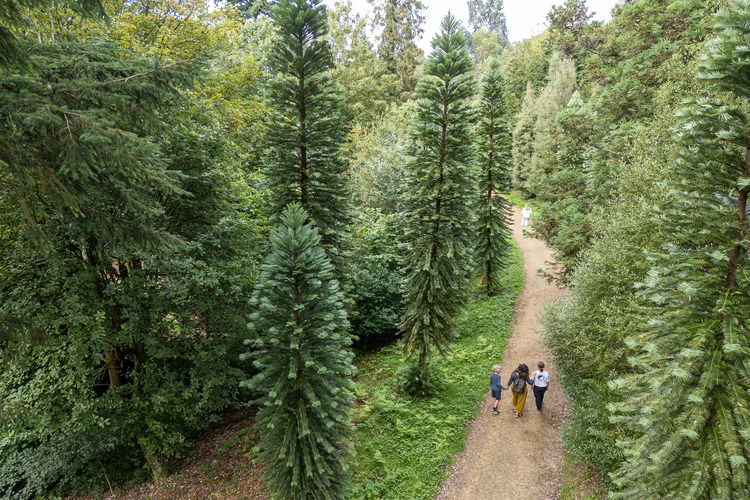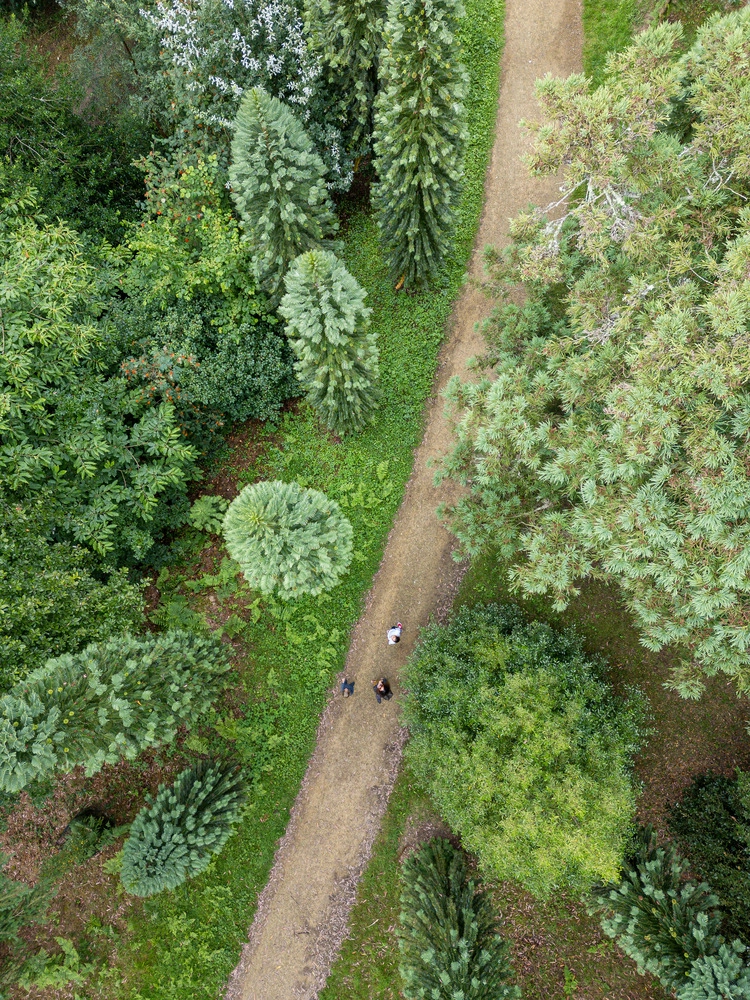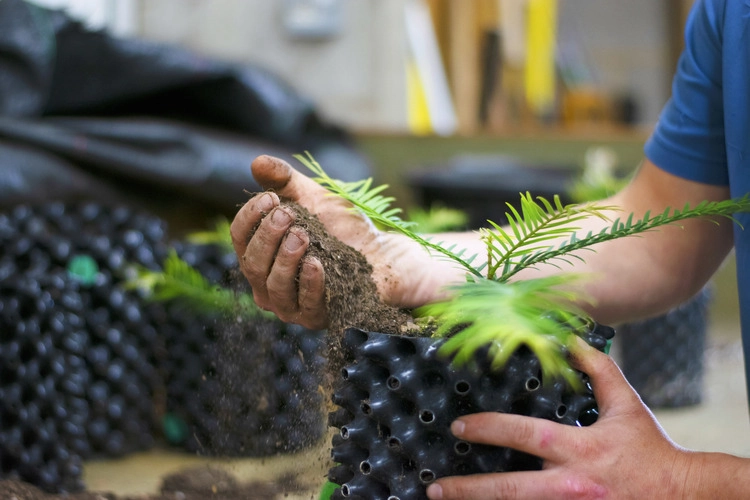
One of the world’s oldest and rarest trees, the Wollemi pine, has been protected across the world since its remarkable discovery
By
This month marks 30 years since Wollemi pines – a species thought to be extinct for two million years – were discovered in a remote Australian canyon.
In 1994, a small population was found in the Blue Mountains of Australia, but thirty years later the trees are now being propagated and planted in botanic gardens around the world. Kew’s wild botanical garden, Wakehurst, is home to 15 of the very first pines introduced to the UK.
Today, the species – which date back to the time of the dinosaurs – is critically endangered with fewer than 100 trees in the Wollemi National Park in Australia across just two sites. Some of the oldest living trees are between 500 to 1000 years old, and can grow up to 40 metres tall, tending to grow in forests in gorges in shallow and acidic soil.

Due to their small population and limited range, Wollemi pines face the threat of extinction through damage to exposed roots, diseases – such as the deadly Phytophthora cinnamomi or ‘root rot’ – as well as fires. In January 2020, firefighters saved the last Wollemi pines left in the wild from the Gospers Mountain fire – a mega-blaze that destroyed an area seven times the size of Singapore.

Advances in genetic techniques have allowed scientists to develop genetically diverse Wollemi pines which can grow in the wild population to prevent the species from becoming extinct.
‘Having genetically diverse Wollemi pines growing in botanic gardens around the world is a great example of how collaborative international conservation efforts will help provide a vital insurance policy against the extinction of this iconic tree in the wild,’ said Botanic Gardens Conservation International Secretary General Paul Smith.




